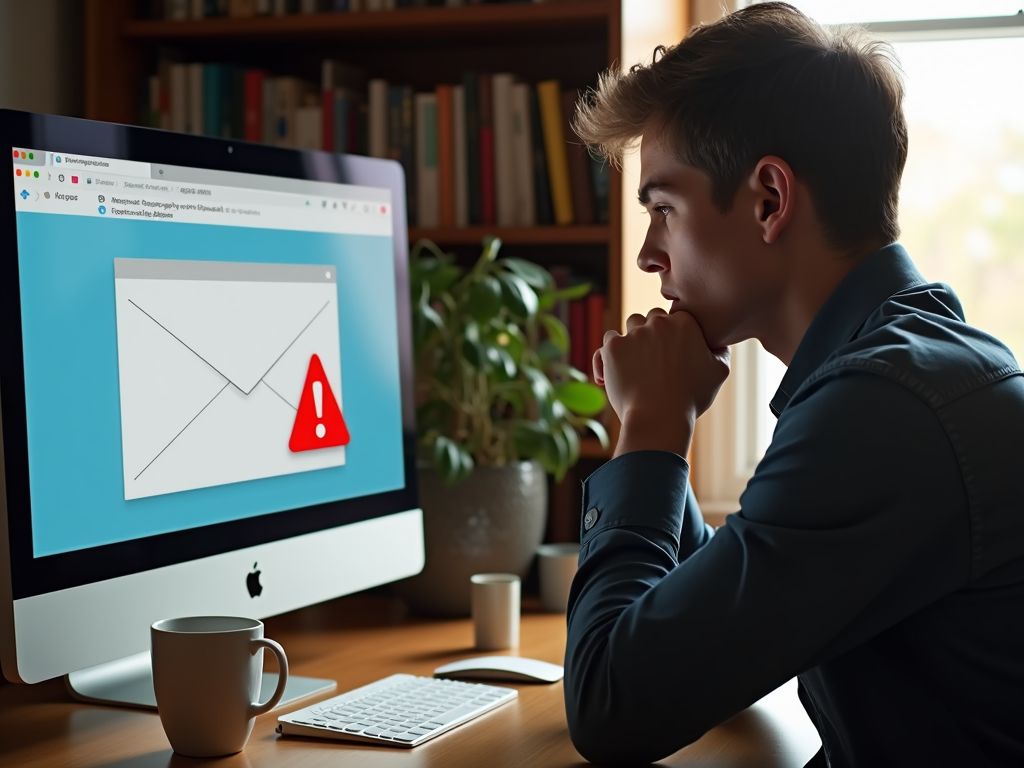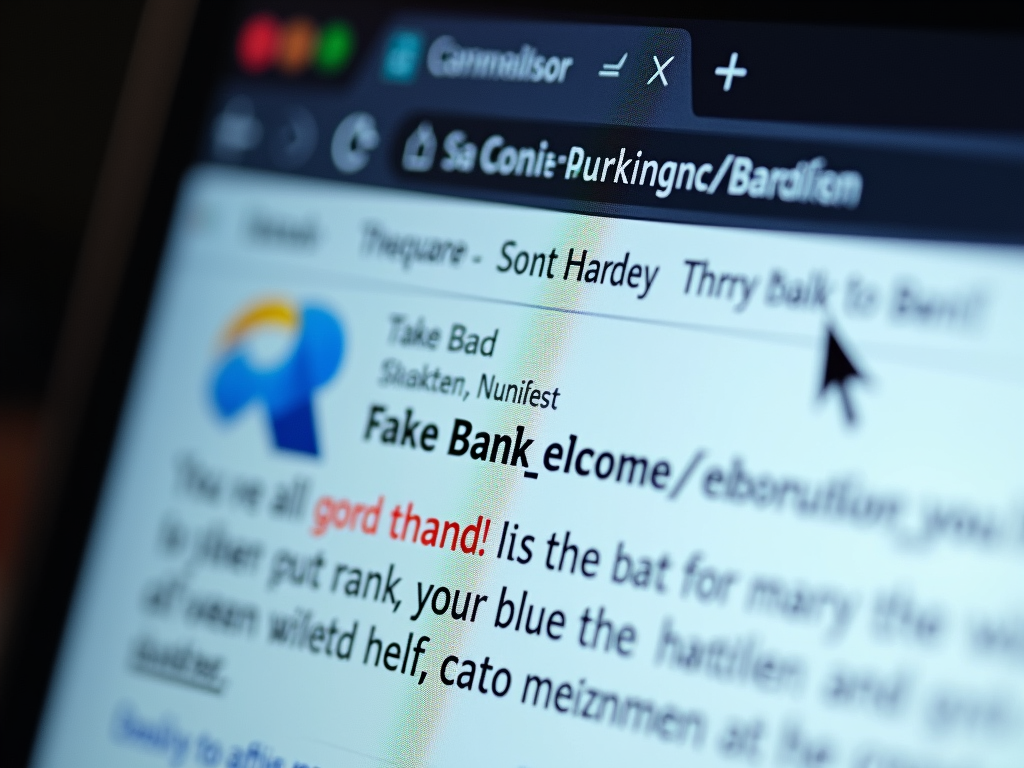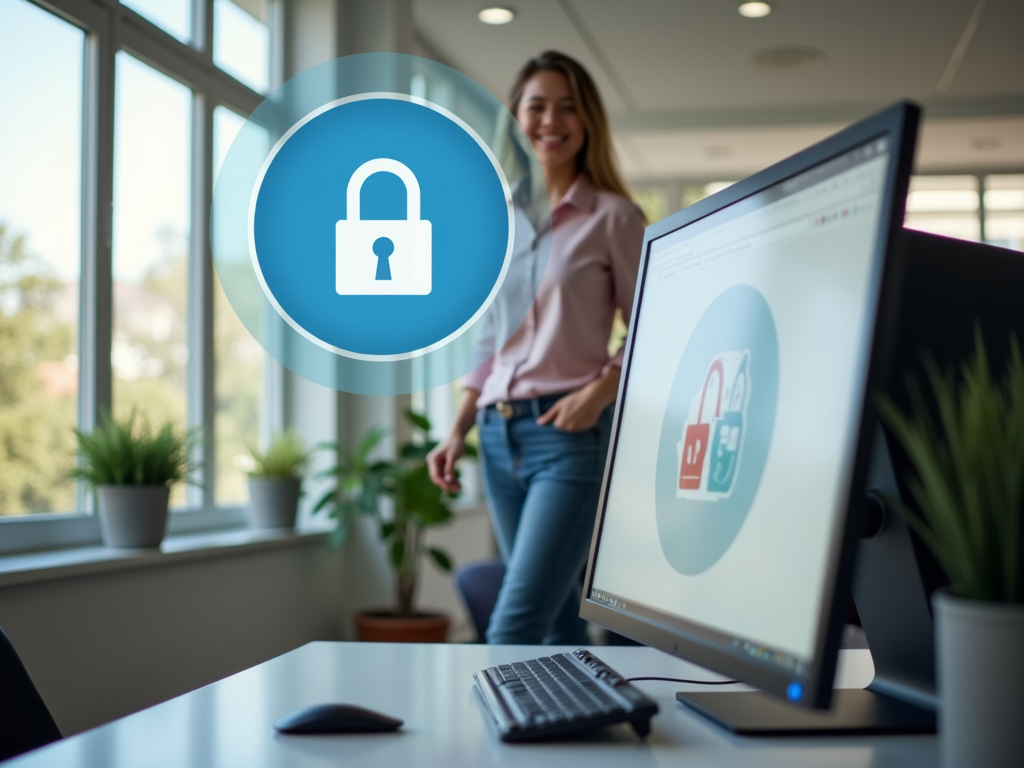Spot Phishing Scams Like a Pro: Protect Yourself with Simple Steps
Overview
Phishing scams are everywhere online, trying to trick you into sharing personal info. In this 1500-word guide, you’ll learn to spot phishing scams like a pro, discover simple steps to boost your online privacy, and see why two-factor authentication is a must. We’ll also cover essential online privacy tools for beginners. Let’s dive in and keep you safe!

What Are Phishing Scams?
Phishing scams are fake messages—like emails or texts—pretending to be from someone you trust. Their goal? To steal your passwords, credit card numbers, or other sensitive stuff. They often look real but have sneaky tricks to fool you.
A few years back, I got an email that seemed to be from my bank. It asked me to ‘verify’ my account by clicking a link. Something felt off, and I spotted a tiny typo in the sender’s address. That saved me from a big mistake. It’s why I now double-check everything.
How to Spot Phishing Scams Like a Pro
You don’t need to be a tech expert to catch these scams. Here’s what to watch for:
- Weird Sender Addresses: Look closely at the email address. Scammers might use ‘[email protected]’ instead of ‘[email protected]’.
- Urgency Tricks: Messages that say ‘Act now or lose your account!’ are suspicious. Real companies don’t rush you like that.
- Vague Hellos: If it says ‘Dear User’ instead of your name, be wary.
- Bad Spelling: Typos or odd grammar scream scam. Legit businesses proofread.
- Risky Links: Hover over links (don’t click!) to see the real web address. If it looks shady, skip it.
Practice these, and you’ll spot phishing scams like a pro in no time.

Why Two-Factor Authentication Is a Must
Two-factor authentication (2FA) is like a double lock on your accounts. You enter your password, then a second code—usually from your phone. Even if a scammer snags your password, they’re stuck without that code.
My friend learned this the hard way. Someone hacked her social media and posted nonsense. She spent days fixing it. After that, I turned on 2FA everywhere. It’s a small step that makes a huge difference.
Why It Works:
- Blocks Hackers: Passwords alone aren’t enough anymore.
- Stops Stolen Logins: A stolen password won’t get them far.
- Feels Safer: You’ll worry less knowing you’re protected.
Want to know more? This NIST guide on multi-factor authentication explains it clearly.

Essential Online Privacy Tools for Beginners
You don’t need fancy gadgets to stay private online. These online privacy tools are perfect for beginners:
- Password Managers: Apps like LastPass or Bitwarden store strong passwords so you don’t reuse weak ones.
- VPNs: NordVPN or ExpressVPN hide your internet activity from snoopers.
- Ad Blockers: uBlock Origin stops annoying ads and trackers.
- Private Browsers: Brave or Firefox Focus block trackers automatically.
I started using a VPN after noticing ads popping up for things I’d just talked about. Creepy, right? These tools are easy and effective. Check out this Harvard article on VPNs for a deeper look.

Simple Steps to Boost Your Online Privacy
Beyond tools, small habits help too. Try these simple steps to boost your online privacy:
- Make Strong Passwords: Use a mix of letters, numbers, and symbols—unique for every site.
- Turn On 2FA: It’s your safety net for every account.
- Avoid Public Wi-Fi Risks: Don’t log into banking apps at a café unless you’re on a VPN.
- Update Everything: New software fixes security holes.
- Share Less: Skip posting your birthday or address online.
These steps are quick and keep you safer every day.
Conclusion
You can spot phishing scams like a pro by watching for red flags and staying smart. Add two-factor authentication and essential online privacy tools for beginners, and you’re set. Online safety is about staying aware and using the right tricks. Explore the readings below for more ways to protect yourself.
